A central character, alone, facing a wild and serious nature, somewhat hostile although softened by the flowers of the fruit trees, seems to question the solitude and the conditions of a peasant life so well recounted by Jean Giono in his novels and so well interpreted by the artist Joseph Hurard, member of the famous Group of 13 of the Avignon School.
The work is done in oil on cardboard, it is in its good original condition, a light cleaning by a professional can be considered, which would accentuate the light and reveal the colors more, it is offered in an elegant gilded frame which measures 58 cm by 94 cm and 36 cm by 73 cm for the cardboard alone.
It is signed lower right and bears on the back an old label mentioning: "Landscape of Provence near Villeneuve lez Avignon, as well as a date: 1920 and the address of the artist rue des 3 Colombes in Avignon".
Born in Avignon in 1887, he first worked in a drugstore. Selling canvases and colors to Avignon artists, he met them on Sundays to paint with them.
His talent noted, he was part of the "Group of Thirteen" created in 1912 by Clément Brun, of whom he was the youngest.
He became friends with Joseph Meissonnier and participated with the group in a first exhibition on December 21, 1912, which was a great success, followed by a second exhibition on December 18, 1913, which was also the last of the Group.
In this melting pot, he frequented elders already touched by fame like Lina Bill or Auguste Chabaud.
Among the most gifted draftsmen of his generation, painting with disconcerting ease, he quickly made a name for himself. Unfortunately, Hurard did not go to study at the Beaux-Arts, which is a shame, as he would likely have been one of the greatest painters of his time.
He died in Martigues in 1956.
Exhibition at the Société Nationale des Beaux-Arts in Paris
Exhibition at the Salon des Indépendants in Paris
Retrospective in Martigues in 1956
Works in the Public Collections
Calvet Museum in Avignon
Ziem Museum in Martigues
Regards de Provence Foundation in Marseille






























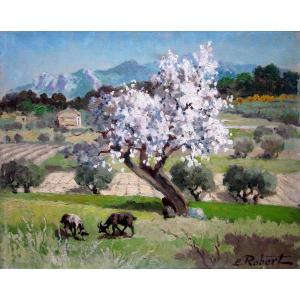


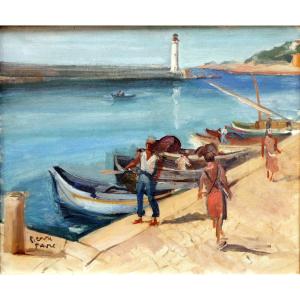
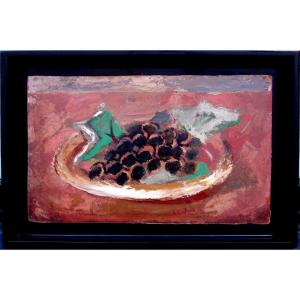

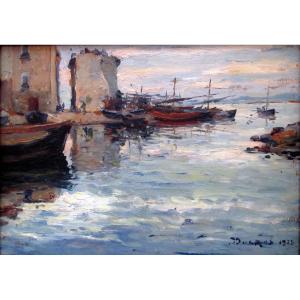
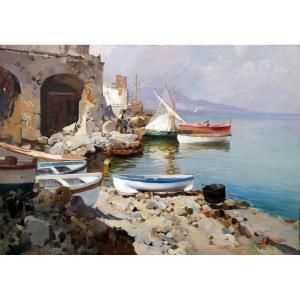
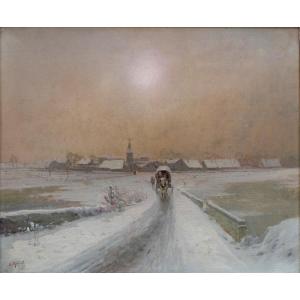
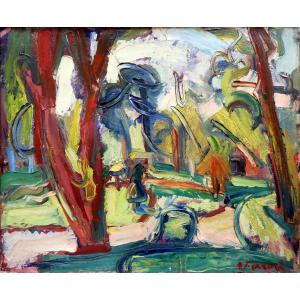
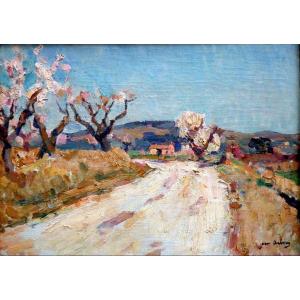
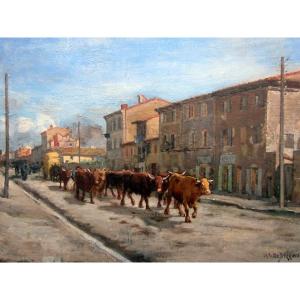








 Le Magazine de PROANTIC
Le Magazine de PROANTIC TRÉSORS Magazine
TRÉSORS Magazine Rivista Artiquariato
Rivista Artiquariato